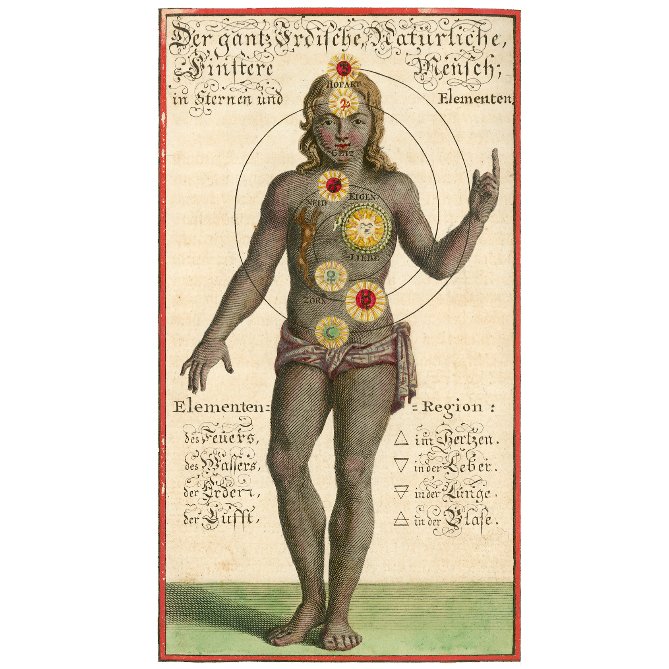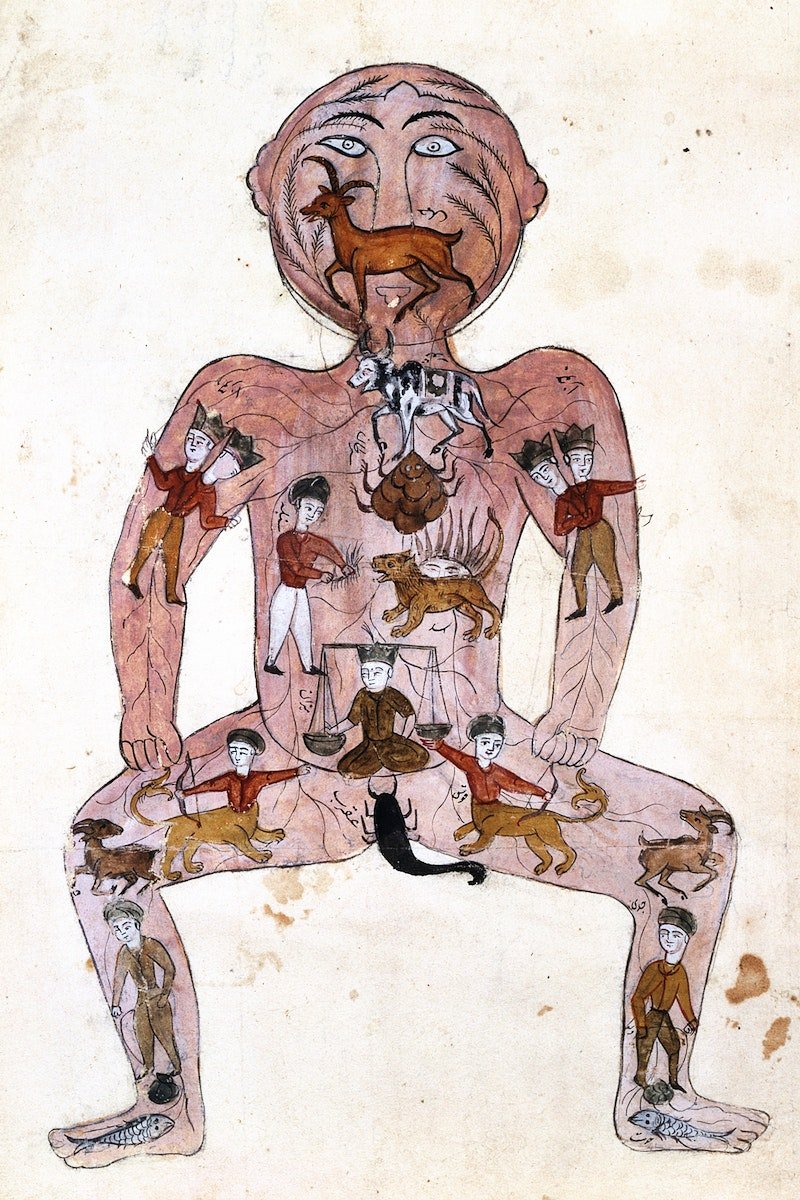PAST CLASS Medieval Medicine and the Magical Body: A Six Week Live, Online Class with Art Historian Brenda Edgar, Beginning August 17








PAST CLASS Medieval Medicine and the Magical Body: A Six Week Live, Online Class with Art Historian Brenda Edgar, Beginning August 17
Wednesdays, August 17 - September 21
Time: 6 pm - 8 pm ET
Admission: $170 / $150 (Patreon Members)
PLEASE NOTE: All classes will also be recorded and archived for students who cannot make that time, but it is highly recommended you attend the classes live for the richest experience.
Medieval scientific thought was based upon the concept of Intelligent Design. In this model, Christ was the ultimate Architect of the Universe, as well as the only True source of healing. However, it was expected that people would pursue the more mundane avenues for healing in addition to appealing to the Divine Doctor himself. In this course, we’ll investigate the medieval understanding of how the world worked, as well as the medical theories and practices of the period.
Equal parts science and esoterica, medicine in the European Middle Ages (roughly 500-1500 AD) was ultimately rooted in Ancient Greek and Roman writings, influenced by Arabic thought, and translated into a Christian framework. We’ll learn the basics, including the theory of humors and the relationships between the elements, months, zodiac signs, winds, lunar cycles, and ages of man. We’ll also look at the primary diagnostic practices and treatments of the period, including urinalysis, bloodletting, and surgery.
Along the way, we’ll discover how medieval people used natural substances, including plants, animals, stones, and metals, to treat various illnesses and humoral imbalances. We’ll also examine religious healing practices such as prayer to healing saints, pilgrimage, and relic veneration, which were often used as adjuncts to purely physical approaches, or as desperate measures when more traditional treatments had failed.
The course will end with an introduction to the major medieval epidemics and pandemics, focusing on leprosy and bubonic plague, with an analysis of how medieval people understood and experienced these scourges.
Each of the six weekly meetings will contain an illustrated lecture as well as suggested readings, homework prompts, and class discussions. The final project will invite you to be your own medieval doctor by devising a complete medieval medical treatment plan for a malady of your choice!
Class Schedule
Medieval Intelligent Design: Christ the Divine Architect and Doctor
The Basics of Medieval Medicine: Humoral Theory and Cosmic Correspondences
Zodiac Man and Friends: Medieval Medical Diagnosis and Treatment
Restoring Balance: Medicinal Plants, Animals, and Gemstones
Last Resort: Healing Saints, Pilgrimage, and Relics
Medieval Scourges: Leprosy and Plague; Final Project Presentations
BRENDA EDGAR is an Art Historian in Louisville, KY. Her research interests include relics and reliquaries, medieval medical manuscripts and depictions of disease in medieval art, as well as the historical role of altered states of consciousness in the creation of art.
She is also a poet whose work has most recently appeared in the literary journals Better Than Starbucks and Rust + Moth; her poetry will also be featured in 2022 issues of The Blue Mountain Review, The Main Street Rag, and Crosswinds.
When she isn’t reading or writing, Brenda is a New York Times Crossword Puzzle addict and an avid yogi.
Her free monthly public talk series, “Art History Illustrated,” is presented at the Carnegie Center for Art and History in New Albany, Indiana.
"Theosophia practica," Johann Georg Gichtel
A woodcut by Leonhard Thurneysser (1531-1596), circa 16th century, depicting the four elements of the Greek humoral theory (blood, phlegm, cholera [yellow bile], and melancholy [black bile]) on which they were based 14th century diets.
"Mandrake,“ Page from a medical book (fol. 118 recto). First half of 13th century.
Zodiac Man, watercolor painting by a Persian artist, 19th century? Via Wellcome Collection
“God the Architect,” from a French Gothic Bible Moralisée, c. 1250.
“Urinalysis Chart,” Fasciculus Medicinae, a collection of medieval medical manuscripts, published in Europe, that date from 1491.
14th-century marble sculpture of St Elzéar of Sabran healing three lepers.
“Zodiac Man,” which shows all the astrological signs and which body part each one (negatively) influences.
